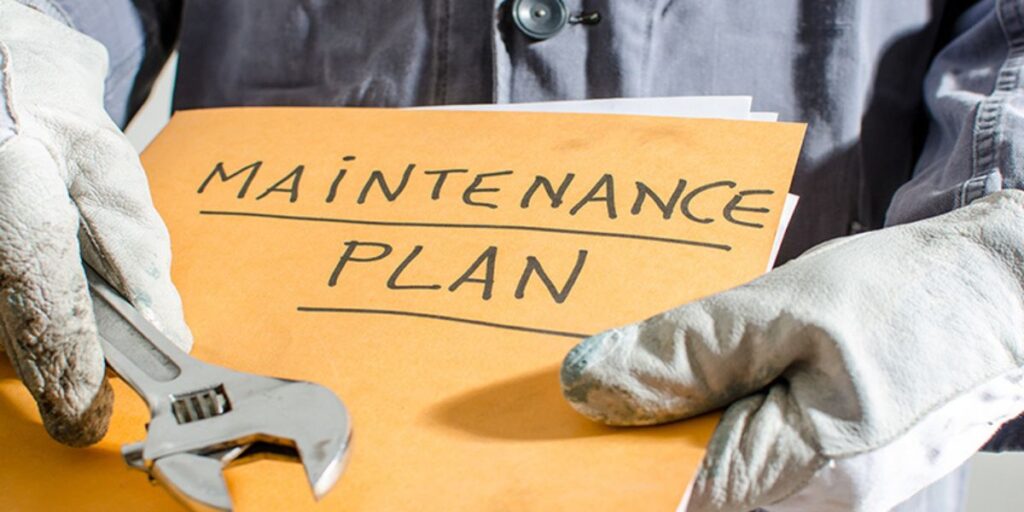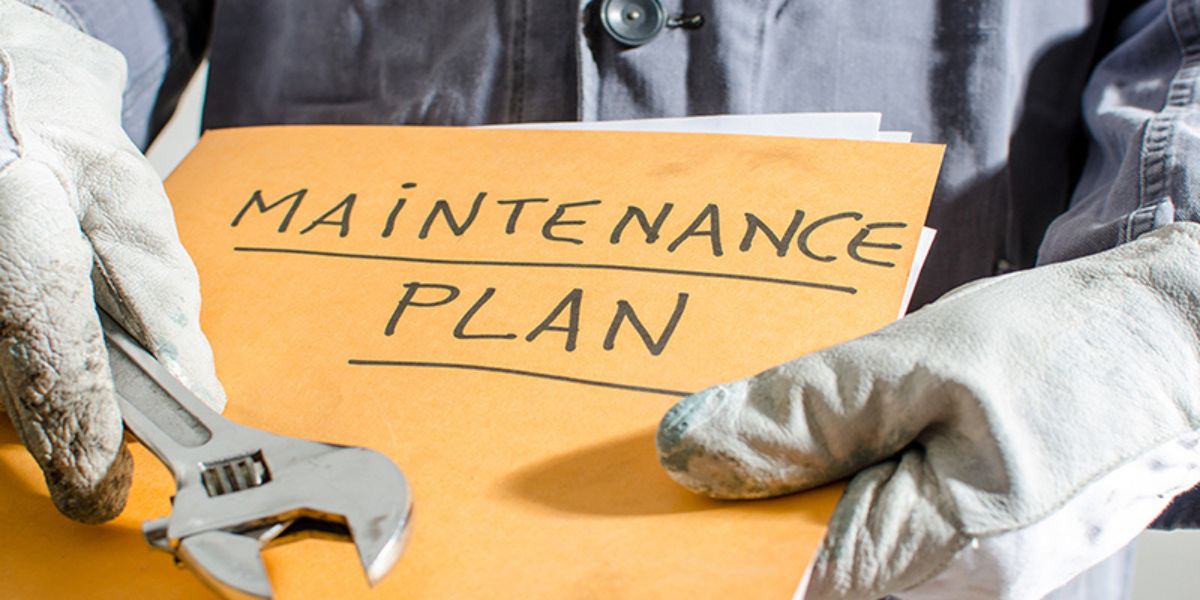
Any building must have a long-term maintenance plan in place to maintain its structure and beauty. In this way you can get rid of future expenses for property maintenance. Here in this article we will discuss how we can create a long term maintenance plan for your building.
1. Recognize the Long-Term Maintenance Plan’s Objective
A long-term maintenance plan’s objective is to carefully manage building maintenance over time.
Principal advantages:
- reduces the need for expensive emergency repairs
- Maintains the value of goods
- guarantees the comfort and safety of the guests
- help in budgeting and planning for the future
- maintains commitment to legal and environmental requirements
2. Do an accurate assessment of the building
Start through assessing the building’s overall and each of its parts’ existing condition. This baseline examination consists of:
The parts that structure
- Roof
- Bases
- Exteriors and walls
- Doors and windows
System that are mechanical:
- air conditioning, airflow, and heating
- Both lifts and escalators.
- Plumbing
- Systems for preventing fires
Systems of electricity:
- Lighting
- Generators for backup
- Wiring and power boxes
Systems of Safety:
- Fire sensors and alarms
- Exits for emergencies
- Systems of security
Employ experts to record these elements’ age, anticipated lifespan, and present state, such as engineers, architects, and inspectors. This stage serves as the cornerstone of your maintenance schedule.
3. Set Up Maintaining Assignments
There are particular maintenance requirements for each construction component. Sort tasks into three categories:
1. Maintenance Prevention
Scheduled maintenance to stop problems or damage.
2. Maintenance Predictively
Use data and technology to predict breakdowns
3. Repair and Maintenance
Fixing problems as they appear, ideally in a planned manner compared to a reflexive one
4. Establish a Schedule for Maintenance
- Inspections, cleaning, and small repairs weekly
- Fire extinguisher inspections and filter replacement monthly
- Plumbing review and elevator inspection every two years
- Examining the roof, painting, and cleaning the exterior yearly
- Major system window upgrades, and roof replacement after 3 to 5 years
5. Set Priorities Considering Criticality and Risk
The risk associated with different building systems varies. set priorities for projects according to risk.
- Fire and electricity systems are high risk system
- Plumbing is a medium risk
- White wash and gardening are low risk priorities
List maintenance tasks according to:
- Probability of failure
- Effect on residents
- Cost of repair vs cost of replacement
- Risks for safety or the law
This prioritizing guarantees that vital systems are consistently maintained and aids in the successful distribution of resources.
6. Create a funding plan and budget
A plan for long-term maintenance needs to be obtainable economically. Begin with estimating the cost:
- Supplies and labor for daily tasks
- Costs of replacing important belongings
- Emergency fund for yearly maintenance budget
Make a financial strategy that covers several years:
- Pay attention to urgent repairs.
- Make plans to improve your system.
- Plan for significant replacements.
7. Put in place a system for managing maintenance
Your plan can be made more efficient by technology.
- Work orders
- Assignments of tasks
- History of properties
- Schedules for maintenance
- Stock and materials
Advantages of digital tool use:
- Reduced missing jobs and improved scheduling
- Data in real time for making decisions
- Simpler reporting for clients or investigations
- Improved contact between management and maintenance teams
8. Assign Duties and Positions
- Maintenance
- Keeping track of schedules
- Budget approval
- Performing examinations
Create reporting guidelines to guarantee responsibility. Include a crisis management strategy for activities that become postponed or emergency.
9. Consistently review, examine, and revise the plan
A maintenance schedule is flexible. Regular assessments guarantee the plan’s continued effectiveness:
- Annual evaluations to compare performance to goals
- Post-maintenance evaluations to examine expenses and results
- Condition checks to review property lifespans every three to five years
Revise your plan to take into account:
- Wear-and-tear
- Changes in usage
- New laws or technological advancements
- Changes in material costs and prices
10. Assure Sustainability and Regulatory Compliance
- Building codes in the area
- Rules related to health and safety
- Rules for the environment
Include sustainable techniques as well:
- Make use of energy-saving devices
- Plan your green upgrades.
- When doing repairs, give non-toxic materials priority.
11. Interact with those who are interested
Inform parties about community or commercial buildings:
- Provide summaries of the yearly maintenance.
- Provide the dates of the next significant repairs.
- Get opinions on safety and comfort.
Transparency promotes trust and can support an explanation of maintenance-related costs or short-term problems.
12. Get Ready for Any Emergency
Include emergency reaction procedures in your strategy:
- Plans for backup power
- Strategies for reducing fire and water damage
- Lists of emergency contractors’ contacts
Prepare employees for situations. A key element of long-term maintenance is preparing for emergencies.
Last Words
I would say a long term maintenance plan is very necessary for your building maintenance. There should be many things in your strategy like technical things and budget planning. By planning a long and flexible plan you can maintain your property for a long period of time. Today’s routine planning can save you from a big disaster for the future. It does not matter whether you are planning for a small house or a big building but the thing is strategy should remain the same.




